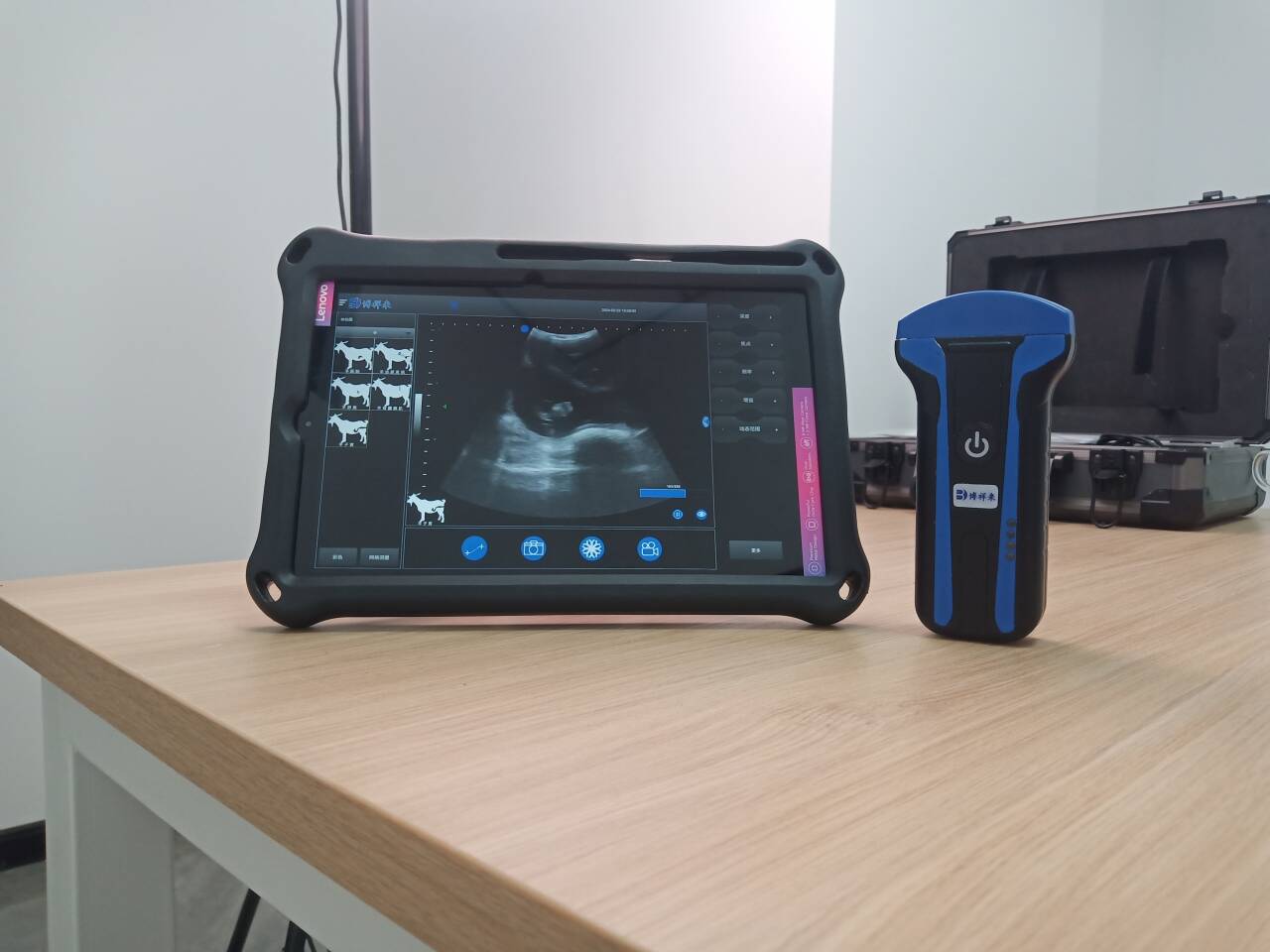Ultrasound technology has revolutionized veterinary medicine, offering a non-invasive, real-time imaging solution for diagnosing and managing various health conditions in pets. But why would a veterinarian specifically choose to use ultrasound? In this article, we’ll explore the key reasons veterinarians incorporate ultrasound into their diagnostic toolkit and the benefits it provides for both pets and their owners.

Understanding the Role of Ultrasound in Veterinary Medicine
Ultrasound, particularly B-mode (Brightness mode), is a diagnostic imaging technique that uses high-frequency sound waves to produce images of internal organs and structures. It is widely used in veterinary practices for its ability to provide detailed information about a pet’s health without the need for invasive procedures.
Key Reasons Veterinarians Use Ultrasound
1. Non-Invasive Diagnostic Tool
One of the primary reasons veterinarians opt for ultrasound is its non-invasive nature. Unlike surgical procedures that may require anesthesia, ultrasound examinations are typically quick, safe, and comfortable for the pet. This means less stress for both the animal and the owner, allowing for more frequent and routine evaluations.
2. Real-Time Imaging
Ultrasound provides real-time imaging, which is crucial for diagnosing conditions that may change rapidly. This feature allows veterinarians to observe organ function, blood flow, and even the movement of the heart in real time, making it easier to assess a pet’s health dynamically.
3. Comprehensive Evaluation of Internal Structures
Ultrasound is particularly effective for visualizing soft tissues and organs that may not be easily assessed through X-rays. It allows vets to:
- Identify Tumors: Detect masses in organs like the liver, kidneys, or spleen, helping to diagnose cancer or other abnormalities.
- Evaluate Organ Size and Shape: Assess for enlargement or irregularities that may indicate disease.
- Monitor Fluid Accumulation: Identify conditions such as ascites (fluid in the abdomen) or pleural effusion (fluid around the lungs).
4. Assisting in Pregnancy and Reproductive Health
For breeders and pet owners, ultrasound is invaluable in reproductive health. It can confirm pregnancy early on and assess fetal health, number, and development. This information is crucial for planning care during pregnancy and ensuring the well-being of both the mother and her puppies or kittens.
5. Cardiac Assessments
Veterinary cardiologists frequently use ultrasound to evaluate heart health. Ultrasound helps diagnose conditions such as:
- Heart Disease: Assessing heart size and function to identify potential issues.
- Congestive Heart Failure: Monitoring fluid accumulation around the heart and lungs.
6. Musculoskeletal Evaluations
Ultrasound can be used to assess soft tissue injuries, including tendons, ligaments, and muscles. This is particularly beneficial for active pets that may suffer from sports-related injuries or age-related conditions. By visualizing these structures, vets can develop appropriate treatment plans.
Advantages of Ultrasound for Pet Owners
For pet owners, the benefits of ultrasound extend beyond the immediate diagnostic capabilities. Some advantages include:
- Early Detection of Issues: Ultrasound can detect problems before they become serious, leading to timely treatment and better outcomes.
- Cost-Effectiveness: By potentially reducing the need for more invasive diagnostic procedures or surgeries, ultrasound can be a cost-effective option in the long run.
- Improved Treatment Plans: With detailed imaging, veterinarians can create more targeted and effective treatment plans, leading to better health outcomes for pets.
tags:


